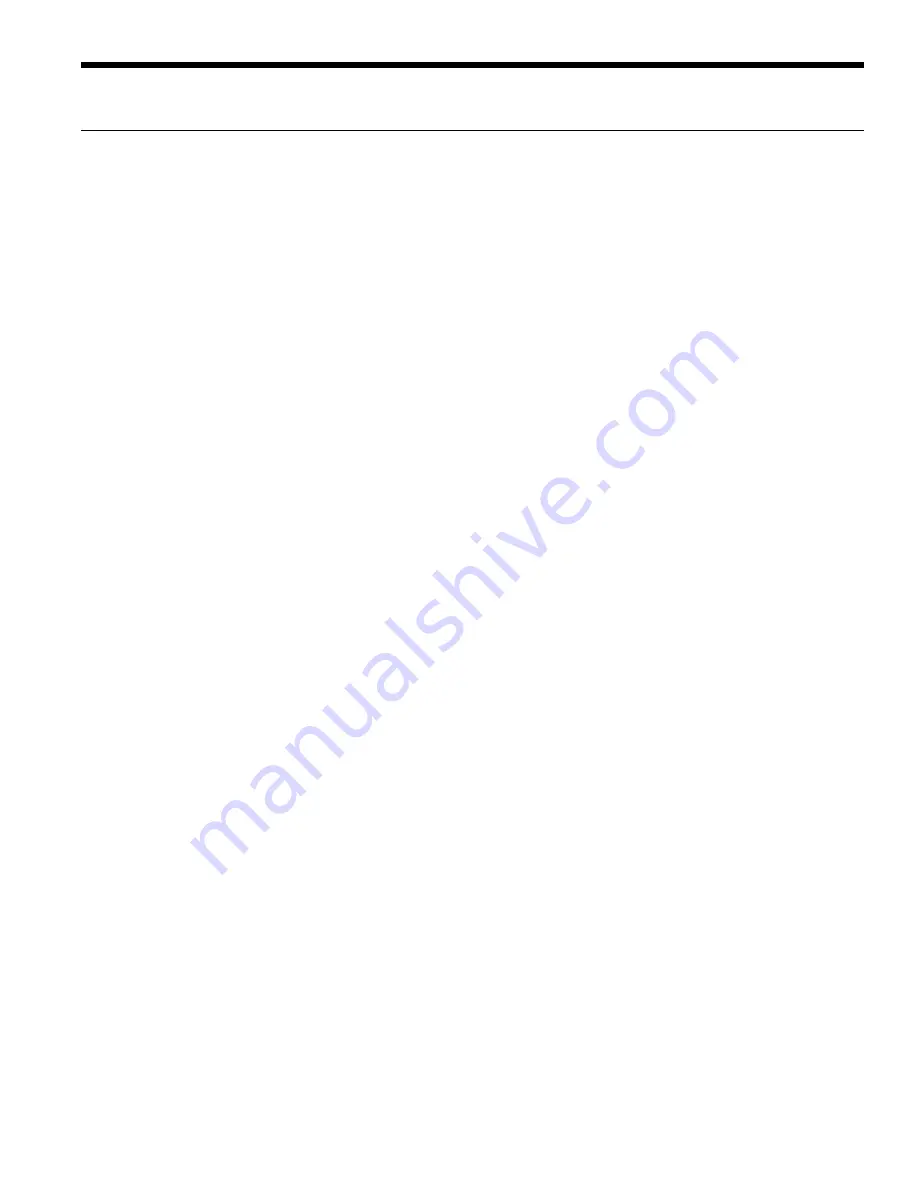
13
NSKW INSTALLATION MANUAL
Hydronic Section
General guidelines are shown below for component
selection and design/installation criteria for the piping
system. Local codes supersede any recommendations in
this manual.
Shut Off/Flow Regulation Valves
Use full port ball valves or gate valves for component
isolation. If valves are going to be used frequently, ball
valves are recommended. Globe valves are designed for
flow regulation. Always install globe valves in the correct
direction (fluid should enter through the lower body
chamber).
Check valves
Swing check valves must be installed in the horizontal
position with the bonnet of the valve upright. Spring check
valves can be mounted in any position. A flow check valve
is required to prevent thermo-siphoning (or gravity flow)
when the circulator pump is off or when there are two
circulators on the same system.
Storage (Buffer) Tank
A buffer tank is required for all hydronic heating systems
using Envision NSKW heat pumps. The tank should be sized
to provide 2 gallons [7.6 L] of storage capacity for every
300W of nominal heat pump capacity.
Pressure Relief Valve
Most codes require the use of a pressure relief valve if a
closed loop heat source can be isolated by valves. Even
if local code does not require this device, WaterFurnace
recommends its installation. If the pressure relief valve in
the buffer tank is not already rated at 207 kPa maximum
pressure, one must be installed. The pressure relief valve
should be tested at start up for operation. Note that the
waste pipe must be at least the same diameter as the valve
outlet (never reduce), and valves may not be added to this
pipe. The bottom of the pipe must terminate at least 15 cm
above the floor. If the piping is connected to a drain, there
must be an air gap.
Backflow Prevention Check Valves
Most codes require backflow prevention check valves.
Note that a single check valve is not equal to a backflow
prevention check valve. Even if local code does not require
this device, WaterFurnace recommends its installation. This
is particularly important if the system will use antifreeze.
Pressure Reducing Valves or Feed Water Valves
This valve lowers the pressure from the make-up water line
to the system. Most are adjustable and directional. A “fast
fill” valve is required for initial filling of the system. Some
have screens, which must be cleaned after the initial filling.
If there is a restriction in the screen, the system could go to
0 kPa, potentially causing pumps(s) failure. A valve should
be installed on each side of the pressure reducing valve for
servicing. Both valves should have tags reading “Do not
shut this valve under normal operation – service valve only.”
Expansion Tanks
Expansion tanks are required on hydronic systems to help
absorb the pressure swings as the temperature in the
system fluctuates.
Elbows/Tees
Long radius elbows or two 45° elbows will lower pressure
drop. Standard tees have a greater restriction on the “T”
portion than tees designed with angled outlet ports.
Antifreeze
Antifreeze is required if any of the piping system is located
in areas subject to freezing.
Dielectric Unions
Dielectric unions are recommended whenever connecting
two dissimilar metals to one and other to prevent electro-
galvanic corrosion.
When using the various types of hydronic heat distribution
systems, the temperature limits of the geothermal system
must be a major consideration. In new construction, the
distribution system can easily be designed with the
temperature limits in mind. In retrofits, care must be
taken to address the operating temperature limits of the
existing distribution system. The maximum storage tank
temperature for the Envision NSKW is 54.4°C. Typical in
floor radiant systems require much lower temperatures,
typically 37.8°-46.1°C, which is ideal for the Envision NSKW.













































